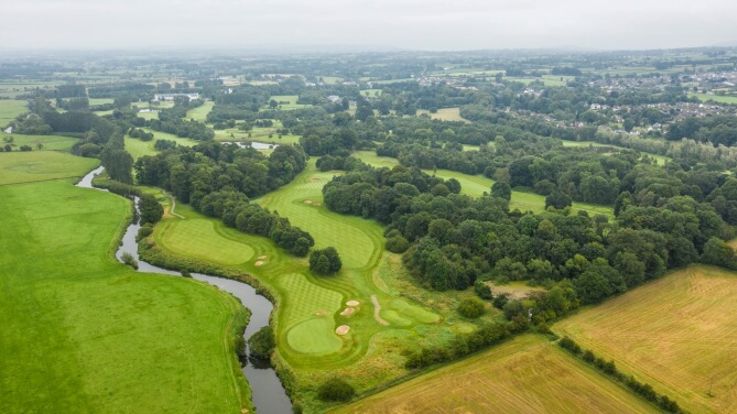Part 1: Introduction
Contents
Part 1: Introduction
Ireland’s biodiversity is the magic that makes this beautiful island what it is, providing us with a wealth of resources for the tourism sector including wonderful scenic landscapes, rivers and lakes, forests and woodlands, habitats, plants and animals.

Ireland offers a unique experience to tourists because of our biodiversity and the natural landscape.
Biodiversity is at the heart of our tourism industry here in Northern Ireland.In a Visitor Attitudes Survey in 2006, 80% of visitors rated Ireland’s scenery as a primary reason for visiting Ireland, with 74% stating that they were attracted by the natural unspoilt environment. The People in the Outdoors Monitor for Northern Ireland has highlighted over £900 million was spent during visits to the outdoors in 2020/21.
So how is our biodiversity doing?
Here are some alarming statistics:
- Northern Ireland is ranked 12th worst out of 240 countries for biodiversity loss
- 12% of all wildlife is threatened with extinction
- Across the UK, 41% of species have decreased since 1970
The 2023 State of Nature Report shows pressures are coming from all angles. Changes in land use management, invasive alien species, pollution and climate change are among the big drivers highlighted. It is vital that we protect this resource at all costs and begin to turn the tide on this decline. In many cases, tourism businesses are the stewards of our wild places. You know these places intimately and if you are old enough, you may have even noticed the decline for yourself. We all play a role in its decline and every business can do their bit to help restore our precious biodiversity.
As well as being important to biodiversity, water also plays a major role in our tourism industry. Whether it's spending a day kayaking at Strangford Lough, fishing in Lough Neagh, surfing the West Strand at Portrush or going for a stroll along the banks of Lower Bann,wateris a resource we often take for granted. Under the Water Framework Directive, Northern Ireland is required to get all its water bodies up to atleast ‘Good Status’ by 2027. The clock is ticking and despite this looming deadline only 31% of rivers, 14% of lakes and 40% of Northern Ireland's transitional and coastal water bodies are achieving this minimum requirement.